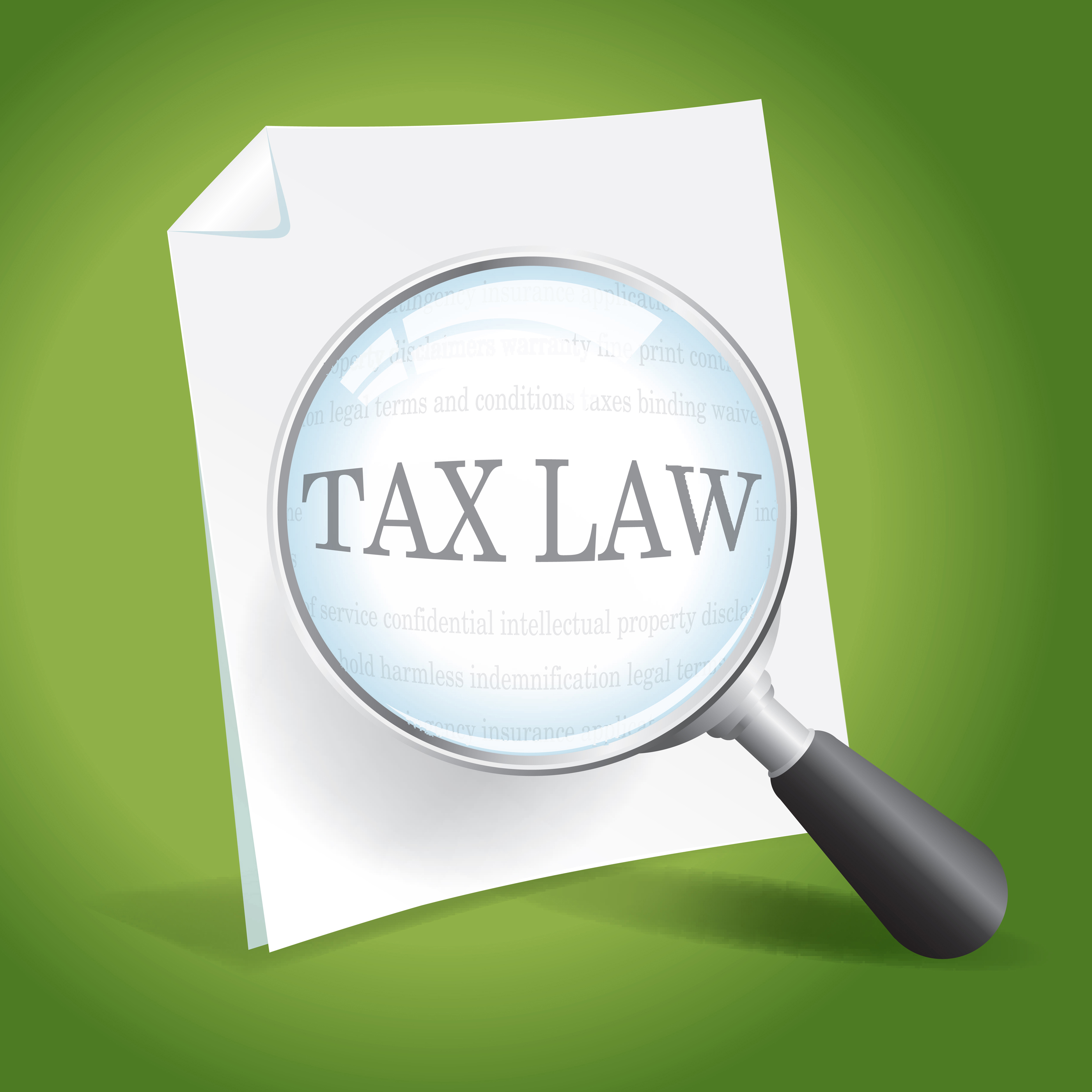Do you know that owning a Controlled Foreign Corporation got affected by New Tax Bill? In a nutshell, Trump’s tax reform now means that all income is Subpart F income. In addition, all currently untaxed retained earnings will be subject to a one-time tax. Read further if you want to find out what it means exactly and how U.S. expats with CFCs are affected.
Let’s take a quick look at a few changes that were introduced in recent tax legislation. Generally, Trump’s tax reform benefits individuals who are struggling with their finances by doubling standard deductions, i.e. from $6,000 to $12,000 for singles, and reducing the rates for five tax brackets of the existing seven. Read More
























Recent Comments